Middle school is the tipping point where many young people decide PE is “for me” — or a class they simply endure. Phillips, Marttinen, Mercier and Gibbone give that turning point a microphone in Middle School Students’ Perceptions of Physical Education: A Qualitative Look, using two years of focus group interviews (65 students, Grades 5–8) to uncover why attitudes drop and what educators can do about it. Below are the key takeaways, followed by the headline findings from the study’s Results and Discussion sections.
Key takeaways at a glance
Curriculum sameness breeds boredom. Rerunning the same sports units each year desensitised enthusiasm; students called lessons “mad boring” and predictable.
Competition culture alienates many girls and some boys. An overemphasis on winning, aggressive play and “ballhogging” discouraged participation and reinforced gender gaps.
Fitness testing backfires when purpose is unclear. Most children could not connect pushups or mile times to life outside PE, and being evaluated publicly felt humiliating.
Sweat, changing time and body worries are huge social barriers. Especially for girls, limited lockerroom time, ruined hairstyles and lingering odour pushed them to opt out or underperform.
The “easy A” myth undermines learning. When grades hinge on dressing out and showing up, students equate effort—not understanding or skill—with success.
Teacher personality matters, but instruction matters more. Students praised “nice” teachers yet lamented minimal feedback, opaque grading and “rollouttheball” lessons.
What the study found
1. Curriculum drives attitude downturns
Three subthemes captured why repetition hurt attitudes: lessons felt repetitive and boring; an overemphasis on competition privileged aggressive players; and fitnesstesting activities were seen as purposeless public spectacles — “Why am I on display?”
2. Social factors magnify disengagement
Focus groups repeatedly linked negative feelings to sweating in the middle of the day and rushing to change clothes. Girls reported skipping participation to keep hair, makeup or a birthday outfit intact; boys admitted noticing this and labelling PEaverse peers “lazy” or “soft.”
3. Perceptions of teachers and grading feed the “easy A” loop
Students liked friendly teachers, but many said little was actually taught. Homework readings were rarely revisited, tests felt irrelevant, and one pupil who skipped all written assignments still held a 90+ average. The message: comply, don’t learn, to earn an A.
What the authors conclude
Affective hurdles (fun, enjoyment)—boredom, hostile competition, embarrassment—lower the feeling component of attitude.
Cognitive hurdles (usefulness, importance)—unclear learning goals, purposeless fitness tests, soft grading—undermine the thinking component.
Together they spiral into declining overall attitudes toward PE in Grades 6–8.
Practical implications for teachers & schools
Diversify the yearly menu. Rotate novel activities (e.g., Spikeball, parkour, dance modules) and let students codesign units to restore curiosity.
Bottom line: When middle school students explain why they tune out, the fixes become clearer. Listening to their voices can transform PE from “the easy A” to an engaging course that equips all kids for active, healthy lives.
Full Article:
Phillips, S., Marttinen, R., Mercier, K., & Gibbone, A. (2020). Middle school students’ perceptions of physical education: A qualitative look. Journal of Teaching in Physical Education, 40(1), 30-38. https://doi.org/10.1123/jtpe.2019-0085
This blog post was written with the assistance of AI to support clarity and accessibility. It is intended to help disseminate and discuss research findings with a broader audience. However, for the most accurate and reliable information—including conclusions and practical applications—please refer to the original peer-reviewed publication on which this blog is based. The peer-reviewed article remains the most authoritative source.









